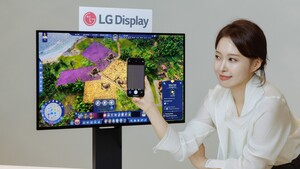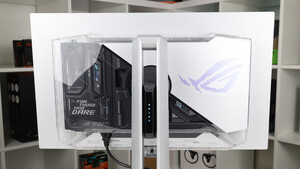- Registriert
- März 2009
- Beiträge
- 996
Alien Isolation, oh mein Gott (ja, ich verpöhne kürzel wie "OMG"), das wäre mal der schiere Wahnsinn.
Es kribbelt schon arg in den Fingern.
Immerhin sieht man Bilder die eine Bewegung simulieren, aber der Körper bleibt unberührt, das verwirrt die Wahrnehmung.
Es kribbelt schon arg in den Fingern.
Ich glaube nicht das es so einfach ist, vertieft man sich stark genug auf dem Monitor in einer Simulation, kann es in schwächerer Form einen auch schnell ereilen - habe ich auch schon erlebt. Daran muss einfach das Gehirn erst gewöhnt werden, habe ich schon öfter gehört.Naja, motion sickness wird eine große Herausforderung um das Ding auf die Consumer in Form einer CV1 loszulassen.
Immerhin sieht man Bilder die eine Bewegung simulieren, aber der Körper bleibt unberührt, das verwirrt die Wahrnehmung.
Zuletzt bearbeitet:



